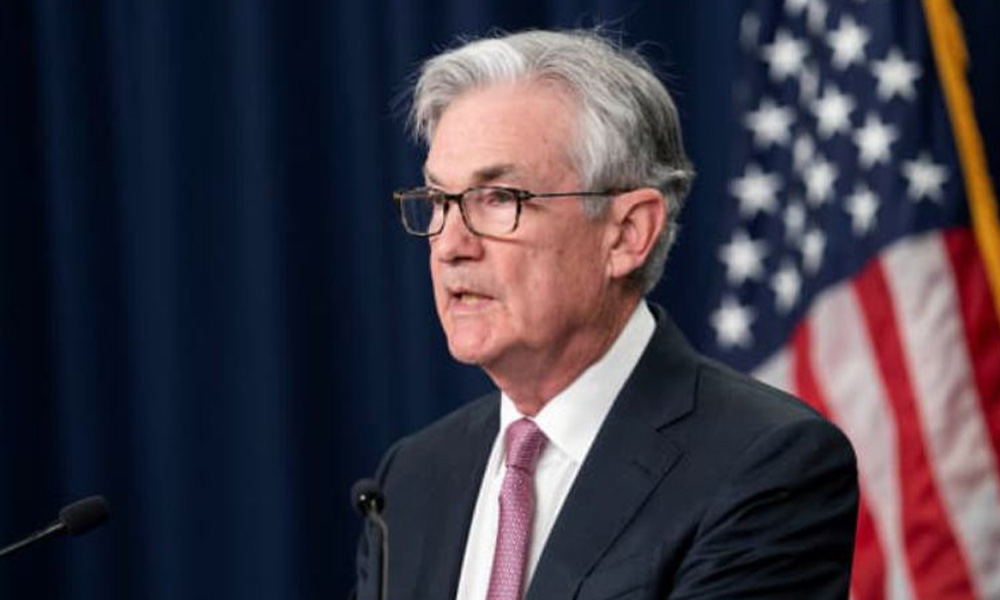Date:2.23.2024
Rate and Expectations for the Future Market Landscape
As of the latest updates, the Federal Reserve has maintained its benchmark federal funds rate at a range between 5.25% and 5.5%, a level near a 23-year high. This decision comes amidst a backdrop of easing inflation but still above the Fed’s 2% target. The Fed officials have signaled a cautious approach towards cutting rates too soon, fearing it might let inflationary pressures become entrenched. The economic data, including job additions and inflation rates, have made investors adjust their expectations, now seeing a potential for rate cuts possibly being pushed to June from an earlier expectation of March.
The Federal Reserve is navigating a delicate balance between preventing inflation from becoming entrenched and avoiding pushing the economy into a recession by keeping interest rates high for too long. The primary concern is ensuring that inflation continues its downward trajectory toward the Fed’s 2% target without stifling economic growth. Powell has indicated a desire for more evidence that inflation is under control before considering rate cuts, with a focus on incoming data to guide their decisions.
Despite fears of a recession in 2023, the U.S. economy displayed resilience, growing by 3.1% over the past year, supported by strong consumer spending and a robust labor market. This performance exceeded expectations and showcased the economy’s underlying strength. However, economists anticipate a slowdown in growth for 2024, with the Federal Reserve likely to cut interest rates to support the economy, albeit cautiously to avoid reigniting inflationary pressures. The market landscape, therefore, is poised at a crucial juncture, with potential rate cuts on the horizon as inflation moderates, yet with an awareness of the challenges posed by slower hiring and the depletion of pandemic-era savings.
Consumer confidence has surged, with significant optimism fueled by wage growth outpacing inflation, marking the biggest two-month increase in sentiment since 1991. This confidence impacts the bond market, as expectations of future interest rate cuts can lead to lower yields and higher bond prices. However, the current bond yields, with the yield on the 10-year note above 4.3%, reflect market anticipation of the Fed’s policy directions and inflation expectations.
The Federal Reserve’s cautious stance towards rate cuts is prudent given the complex economic landscape, balancing the need to control inflation with supporting continued economic growth. The resilience of the U.S. economy, bolstered by strong consumer spending, suggests a potential for a “soft landing,” avoiding a severe recession while gradually easing inflationary pressures. Looking forward, potential trends in the economy and investment sectors might include increased focus on sectors that benefit from a stabilizing inflation rate, such as consumer goods and services, technology, and green energy initiatives. In investment banking and private equity, deal flow may experience a shift, with a focus on sectors poised for growth in a stabilizing inflation environment. The key will be navigating the balance between growth opportunities and the risks posed by potential economic slowdowns and interest rate adjustments.
